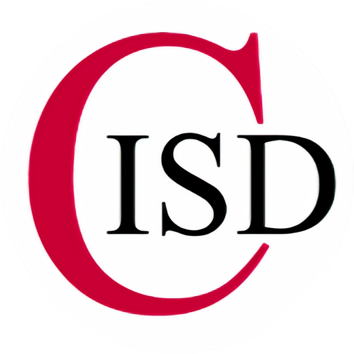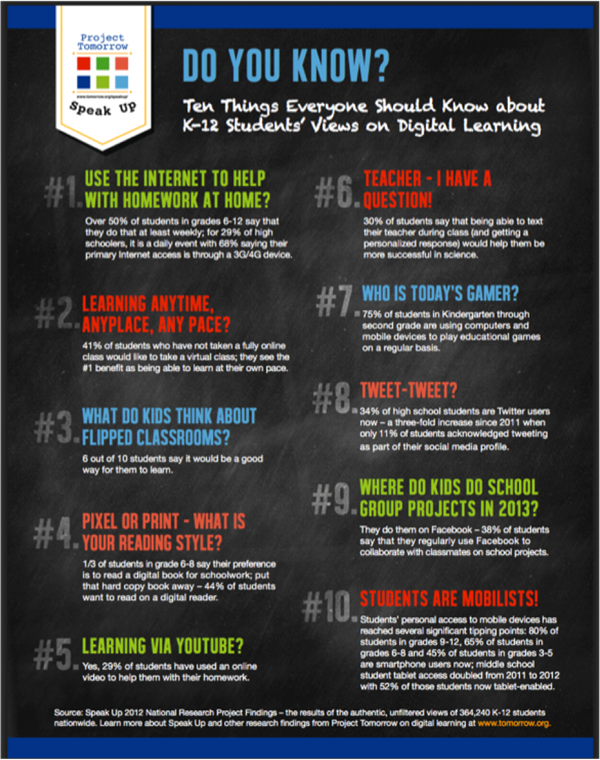In accordance with the federal Children's Internet Protection Act (CIPA), (Pub. L. 106-554), all desktop computers, laptops, iPads and other wireless devices, that utilize the CISD network, will be filtered by a centralized filtering appliance.This filtering appliance is set to screen out sites which may reasonably be construed as obscene, as that term is defined in section 1460 of title 18, United States Code; or child pornography, as that term is defined in section 2256 of title 18, United States Code; or harmful to minors as defined in section 1703, Pub. L. 106-544. Our district internet filter currently blocks the following categories: Child Abuse Content, Proxy/Filter Avoidance, Gambling, Hacking, Pornography, and a block list including URL's we define that were not caught by our category/reputation filter.
As with any other technology resource, restriction of a child's use of the Internet is ultimately the responsibility of the parent/legal guardian, within the confines of the law.
The District assumes no responsibility for damages, direct, or indirect, for the use of the Internet. This includes, but is not limited to, damage to District or personally owned equipment caused by virus-laden material downloaded from any Internet site. Users are encouraged to purchase and use a virus detection program on their personal devices.
Users should be aware that the Internet is not a secure medium. It is possible for third parties to obtain information regarding an individual user's search activities. Users should be very cautious about providing personal information over the Internet.


